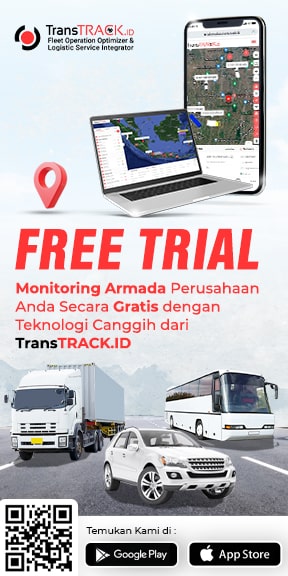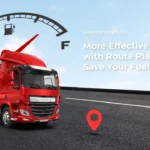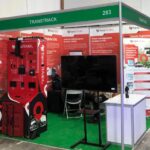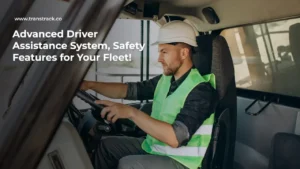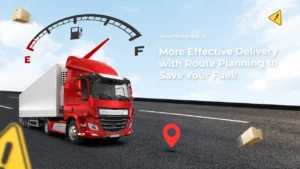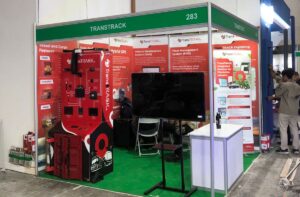Here are the Container Parts You Need to Know!
Posted on March 1, 2024 by Nur Wachda Mihmidati

When we look at a cargo container, we may only see a simple metal box. However, behind its physical simplicity, a container has a complex structure and consists of several parts that work together to maintain its integrity and safety while being transported and used around the world.
In this article TransTRACK, we will dive into the world of container parts and understand the role of each of them. From walls to doors, from corner posts to side frames, let’s explore each element that forms the foundation of the global logistics industry.
Follow along with us to understand the structure and function of each part of a container, and how knowledge of these parts can enhance our understanding of the modern logistics system.
What are container parts?
Container parts refer to the physical elements that make up the overall structure of a cargo container. Each part plays an important role in maintaining the integrity of the container and facilitating the process of transporting and storing cargo. Here is the definition of each main part of the container:
Wall
Container walls usually consist of interconnected steel panels. The steel used has a certain thickness, adapted to international standards for cargo containers. These walls are often coated with protective paint or special coatings to protect against corrosion and other environmental factors.
Roof
Container roofs may have a ridged or reinforced structure to withstand the load. In addition, the roof is often equipped with drains and air ducts to avoid water buildup or condensation inside the container. Sometimes, the roof is also equipped with ventilation holes to regulate the temperature inside the container.
Container Door
Container doors are usually made of two door panels connected by a strong hinge at one end of the container. This hinge is designed to bear the weight of the door as well as ensure the safety of the cargo inside the container. Doors are often equipped with a double locking system, such as padlock and alloy lock, to keep the cargo secure.
Corner Post
Corner posts are important structural elements that support the weight of containers. They are often made of solid steel and are designed to withstand the pressures and forces that occur when containers are lifted or stacked. Corner posts also provide important tie-down points to strengthen and secure the container while it is being transported.
Corner Holes (Corner Casting)
Corner castings are places where transport equipment, such as a crane or forklift, can hook onto a container for lifting or moving. They are made of stainless steel and are rigidly fixed into the corner post structure to provide extra strength at lifting points.
Base
The base of a container usually consists of a reinforced steel layer to withstand the stresses and loads that occur when the container is transported or stacked. The base is also often coated with anti-rust or other durable coatings to protect against corrosion and damage from direct contact with the ground or other hard surfaces.
Cross Members
Cross members are horizontal support structures within the container that connect the corner posts. They often consist of steel beams placed evenly across the width of the container. Cross members help distribute the load inside the container evenly and increase the overall structural strength.
Side Frame
Container side frames provide structural support to the container walls and ensure the strength and safety of the cargo inside. They often have a reinforced design around the door opening to withstand the pressure and forces that occur when the container door is opened or closed.
End Frame
End frames are the support structures at the ends of the container that support the container doors and provide additional structural strength to the ends. They are often equipped with blunt guards or corner guards to reduce the risk of damage when the container is stacked or transported.
With a deeper understanding of these parts, we can appreciate the complexity and design strength of a container, which allows it to be an efficient and safe tool in the transportation of cargo around the world.
In the ever-evolving world of logistics, understanding the main parts of a container is crucial to maintaining the continuity of a company’s operations. However, the use of technology solutions such as TransTRACK’s Truck Appointment System (TAS) can bring additional benefits in optimizing your logistics processes. With TAS, you can manage container delivery and pickup more efficiently, reduce lead times, and improve overall operational productivity. Discover how TAS can empower your logistics business to achieve higher levels of efficiency!
Topic :
 Bahasa Indonesia
Bahasa Indonesia


